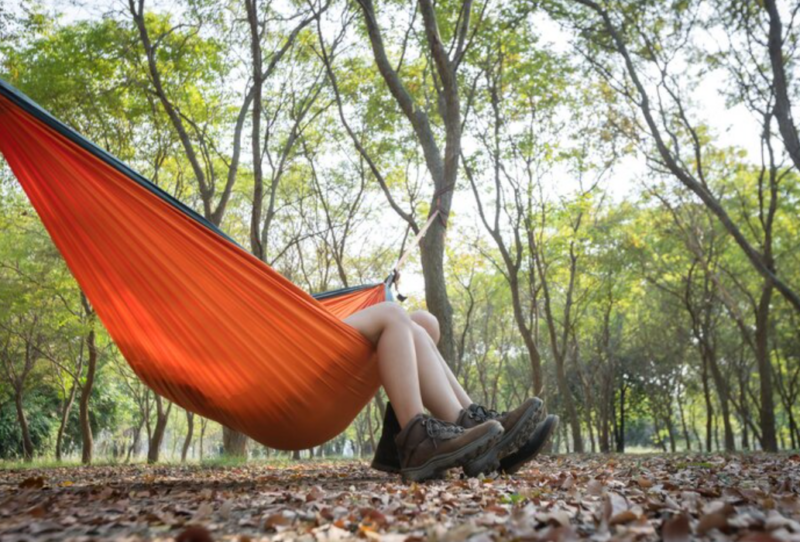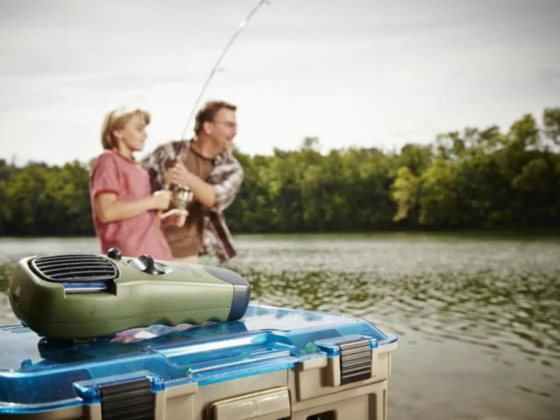When it comes to camping, comfort, weight, and versatility are often top of mind. Over the years, hammocks have shifted from being a novelty item to a serious sleeping solution for outdoor enthusiasts. Whether you’re a seasoned backpacker looking to shave ounces off your load or a weekend warrior wanting a simpler setup, hammock camping offers a unique blend of convenience and comfort that traditional tents often can’t match.
Why Choose Hammock Camping?
Hammock camping isn’t just a trend—it’s a reflection of changing priorities among outdoor lovers. Unlike ground tents, hammocks allow you to sleep suspended in the air, free from rocks, roots, uneven terrain, and moisture. This elevation brings a new level of comfort, especially in dense forests or areas with unpredictable weather.
They’re also incredibly lightweight, making them a go-to option for minimalist hikers. A full hammock system with tarp and bug net can weigh less than a traditional tent, giving your back and legs a break during long treks. And when it comes to packing down, hammocks take up significantly less space in your backpack, which can make a big difference when every inch counts.
Versatility in the Wild
One of the standout features of hammock camping is its adaptability. You don’t need a perfectly flat or clear piece of ground to set up—just two strong anchor points, usually trees, and you’re good to go. This opens up a whole range of camping spots that might be off-limits for tents.
Hammocks are especially useful in densely forested areas, riverbanks, or mountainous terrain where finding level ground is a challenge. You can set up on a slope or over rocks and still enjoy a good night’s sleep.
And let’s not overlook the simple joy of swaying gently in a hammock under the trees. It adds a layer of serenity that’s hard to match with traditional gear.
Key Components of a Hammock Camping Setup
To get the most out of your hammock camping experience, you’ll need more than just a hammock. A complete setup typically includes:
-
Suspension system: Straps or ropes that attach the hammock to trees. Tree-friendly straps are recommended to avoid damaging bark.
-
Bug net: Essential in warmer climates or areas with heavy insect activity. Some hammocks come with built-in nets.
-
Rainfly or tarp: Provides shelter from rain and wind. Make sure it’s wide enough to cover your entire hammock.
-
Underquilt or sleeping pad: Even in moderate temperatures, your back can get cold without insulation underneath. An underquilt hangs beneath the hammock, while a sleeping pad goes inside.
-
Top quilt or sleeping bag: Keeps you warm from above, similar to how a traditional sleeping bag works in a tent.
Each component plays a role in ensuring you stay dry, warm, and comfortable throughout the night.
Comparing Hammocks to Tents
Both hammocks and tents have their pros and cons, and the choice often comes down to personal preference and the environment you’ll be camping in.
Advantages of hammocks:
-
Lighter and more compact
-
Easier setup in wooded or uneven terrain
-
Better ventilation and airflow
-
Less impact on the ground and surrounding area
Disadvantages:
-
Requires trees or similar anchor points
-
Less privacy
-
Can be colder without proper insulation
-
Not ideal for group camping or families
Tents, on the other hand, provide a familiar sleeping environment and often feel more secure in open areas or alpine zones where trees are scarce. But for solo travelers or minimalist hikers, hammocks offer an excellent alternative.
Best Situations for Hammock Camping
Hammock camping works best in forested environments where trees are plentiful. Here are a few scenarios where hammocks shine:
-
Backpacking in tropical or temperate forests: Quick to set up and perfect for humid conditions where ground moisture can be an issue.
-
Solo camping trips: Compact and efficient, hammocks are ideal for one-person setups.
-
Short weekend getaways: Less gear to carry and quicker setups mean more time to relax.
-
Trail stops and breaks: Even if you’re not sleeping overnight, hammocks make great daytime rest spots.
Tips for a Successful Hammock Camp
Hammock camping may seem straightforward, but a few best practices can make the experience even better.
-
Pick the right trees: Look for healthy trees about 12–15 feet apart with trunks at least 6 inches in diameter. Avoid dead or unstable trees.
-
Hang at the right angle: Aim for a 30-degree angle between the strap and the tree. This ensures a comfortable sag and reduces strain on the hammock and trees.
-
Stay dry: Set up your tarp first in case it starts to rain while you’re hanging your hammock. Make sure water can’t drip down the suspension line—add drip lines if necessary.
-
Layer up: Nighttime temperatures can drop quickly. An underquilt or sleeping pad is a must, even in warm climates.
-
Respect nature: Use tree-friendly straps, pack out all trash, and follow Leave No Trace principles.
Getting Started: Where to Find Gear
If you’re new to hammock camping, it’s best to start with a beginner-friendly setup. Many brands offer complete kits that include the hammock, bug net, straps, and tarp. This is a great way to try it out without committing to expensive, high-end gear right away.
You can find a solid selection of beginner to advanced hammock gear at your local camping outdoor shop. Staff are usually knowledgeable and can help you understand the differences between materials, suspension systems, and optional accessories. Trying out gear in person can also help you find the right size and fit for your needs.
Final Thoughts
Hammock camping is more than just a niche choice—it’s a practical, lightweight, and versatile option for many campers. It challenges the traditional notion of how we sleep in the wild and opens up a new way to experience nature. From reducing your pack weight to increasing your comfort in uneven terrain, the benefits are hard to ignore.
That said, it’s not for everyone or every situation. But for those willing to give it a try, hammock camping can offer a peaceful, efficient, and refreshing alternative to tent life. Whether you’re heading into a dense forest for a weekend hike or just spending the night under the stars in your backyard, it might just be the upgrade your camping experience needs.



